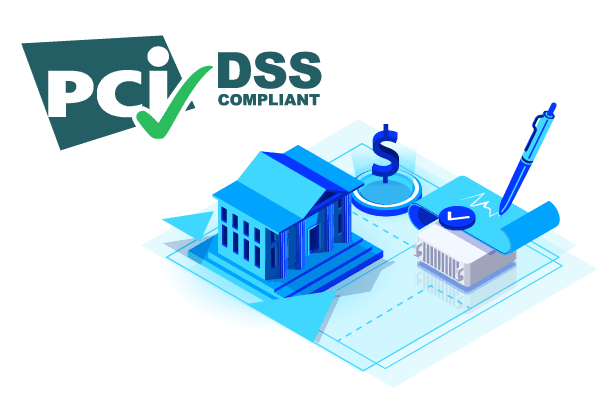PCI DSS Compliance
Securing customer data is paramount, especially in industries that handle sensitive information like credit card details. The Payment Card Industry Data Security Standard (PCI DSS) provides a framework for businesses to ensure the secure handling of cardholder information. Here are some essential steps to ensure compliance with PCI DSS standards.
Understanding PCI DSS
The Payment Card Industry Data Security Standard (PCI DSS) is a set of security standards designed to ensure that all companies that accept, process, store, or transmit credit card information maintain a secure environment. It was developed by the PCI Security Standards Council, which includes companies like Visa, MasterCard, American Express, and others.
Steps to Ensure Compliance
1. Build and Maintain a Secure Network
The first step in PCI DSS compliance is to build and maintain a secure network. This involves installing and maintaining a firewall configuration to protect cardholder data. Firewalls are devices that control computer traffic allowed between an entity’s networks (internal) and untrusted networks (external), as well as traffic into and out of more sensitive areas within an entity’s internal trusted networks. It also includes not using vendor-supplied defaults for system passwords and other security parameters. These passwords are easily discovered through public information and can be used by malicious individuals to gain unauthorized access to systems.
2. Protect Cardholder Data
Protecting cardholder data is at the heart of PCI DSS compliance. This involves protecting stored cardholder data and encrypting transmission of cardholder data across open, public networks. Encryption is a critical component of cardholder data protection. If an intruder circumvents network security and gains access to encrypted data, without the proper cryptographic keys, the data is unreadable and unusable to that person.
3. Maintain a Vulnerability Management Program
Maintaining a vulnerability management program is another crucial step. This involves using and regularly updating anti-virus software. Many vulnerabilities and malicious viruses enter the network via employees’ email and own internet browsing. Anti-virus software must be used on all systems commonly affected by viruses to protect systems from malicious software.
It also includes developing and maintaining secure systems and applications. Security vulnerabilities in systems and applications allow unscrupulous individuals and malicious software to gain unauthorized access to systems and cardholder data.
4. Implement Strong Access Control Measures
Implementing strong access control measures is essential. This involves restricting access to cardholder data by business need-to-know. This ensures critical data can only be accessed by authorized personnel.
It also includes assigning a unique ID to each person with computer access. Assigning a unique identification (ID) to each person with access ensures that actions taken on critical data and systems are performed by, and can be traced to, known and authorized users.
Lastly, it involves restricting physical access to cardholder data. Any physical access to data or systems that house cardholder data provides the opportunity for individuals to access devices or data and to remove systems or hardcopies, and should be appropriately restricted.
5. Regularly Monitor and Test Networks
Regularly monitoring and testing networks is another critical step. This involves tracking and monitoring all access to network resources and cardholder data. Logging mechanisms and the ability to track user activities are critical in preventing, detecting, or minimizing the impact of a data compromise.
It also involves regularly testing security systems and processes. New vulnerabilities may be discovered in system components, identified by the system components’ vendors, or become known in the security community. Systems components, processes, and custom software should be tested frequently to ensure security controls continue to reflect a changing environment.
6. Maintain an Information Security Policy
Finally, maintaining an information security policy is a key step in PCI DSS compliance. This involves maintaining a policy that addresses information security for all personnel. A strong security policy sets the security tone for the whole entity and informs personnel what is expected of them. All personnel should be aware of the sensitivity of data and their responsibilities for protecting it.
Compliance with PCI DSS standards is a requirement in today’s digital age. By following these steps, businesses can ensure they are doing their part in protecting sensitive cardholder data, thereby building trust with their customers and protecting their reputation.

Leave a Reply